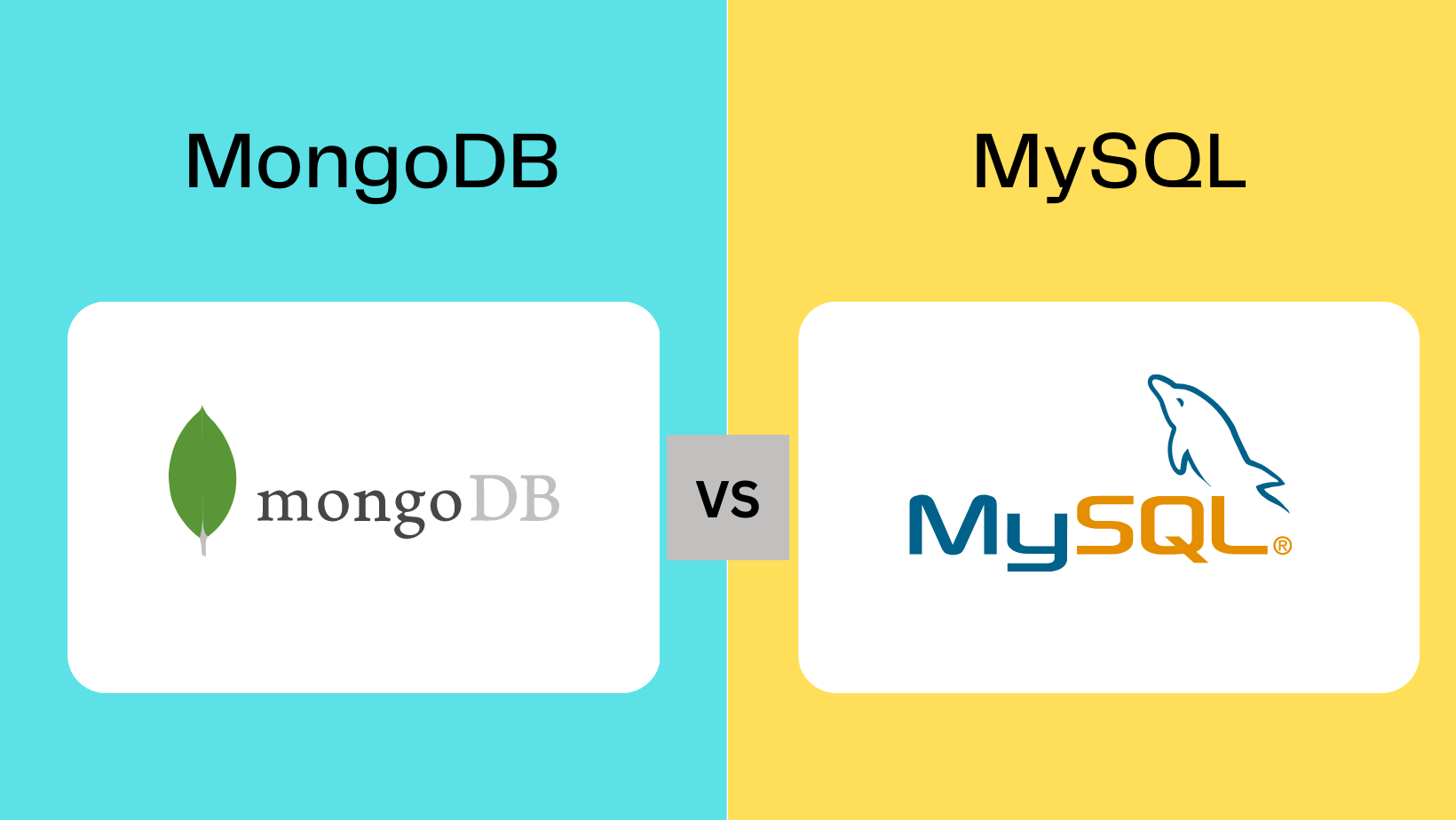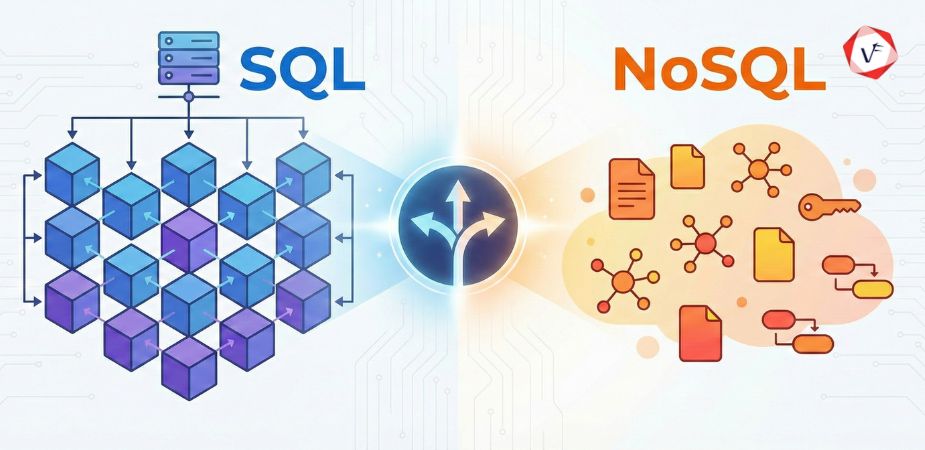- March 24, 2023 2:47 pm
- by Manek
- March 24, 2023 2:47 pm
- by Manek

When it comes to database management systems, MySQL and MongoDB are certainly the most popular among developers.
Relational systems such as MySQL use tables (containing rows and columns) to store data and make use of structured query languages (such as SQL) for data access. An SQL query generated by users to retrieve data from a MySQL database joins multiple tables together to create a view of the data they require.
On the other hand, MongoDB - which is essentially a non-relational/non-SQL system - represents information as a series of JSON-like documents (in contrast to the table and row format of relational systems).
Both MongoDB and MySQL are similar in the fact that they are free and open-source services. In this article, we take a look at the differences and trade-offs between them to determine which would be a perfect fit for designing your database.
MongoDB is an attractive option to developers. Its simple data storage philosophy can be easily understood by anybody with programming experience.
MongoDB supports the ACID properties of data transactions (atomicity, consistency, isolation, and durability). This allows for more flexibility when developers try to build a transactional data model that can horizontally scale in a distributed environment. At the same time, such model designs will have no impact on performance for transactions between multiple documents.
Transactional support in MySQL, however, is more complex. As the need for better data management and bigger data volume grew, MySQL began to be seen as a more rigid architecture and not as flexible for reformatting data structures. This is largely due to the tabular design, which allows sites and apps to apply only a limited set of multivariate search queries.
Sharding is a method for distributing data across multiple machines. MongoDB uses sharding to support deployments that contain large datasets and involve operations with high throughput.
A clear advantage MongoDB has over MySQL is its capability for horizontal scaling. Using shard clustering, MongoDB distributes data across machines, which helps use cases that include working with large data sets.
MySQL does not support sharding out of the box. Scaling a database in MySQL (and many other popular RDBMS solutions) requires either changing the application using the database or allowing for downtime until the migration to a larger server is complete.
That being said, MySQL is compatible with more systems than MongoDB because of its mobility and how long it has been on the market. Hence some may see this as a more scalable solution, depending on their system of choice.
Owing to the different approaches to data storage and retrieval by both management systems, assessing the performance of MongoDB and MySQL against each other is very difficult.
While standard SQL benchmarks can help one to easily compare two SQL databases, doing the same between relational (SQL) and non-relational (MongoDB) is much more subjective and open to interpretation.
All that being said, MySQL can quickly select large numbers of records, while MongoDB is much quicker at inserting or updating huge numbers of records.
As MongoDB documents are designed without a schema, building and enhancing applications over time is made much simpler. All this can be done without having to run costly and complicated schema migrations as is the case for relational databases such as MySQL.
MongoDB allows for more dynamic options to update schemas of data collections, including creating new fields based on aggregation pipelines and the updation of nested arrays. This is a huge benefit if one’s database is expected to grow larger in size. In comparison, large databases on MySQL migrate schemas much more slowly.
This also applies to migrating stored procedures that are dependent on the updated schemas. MongoDB’s flexible and intuitive design makes this concern much more negligible for developers.
MongoDB uses a role-based access control model with a flexible set of permissions. Here, users are assigned roles, which grant them specific permissions over both datasets and database operations.
TLS encryption is used for all communication, and it is possible to draft encrypted documents to data collections using a master key, hence achieving encryption of data at rest.
MySQL has similar encryption features as MongoDB. It also has a similar authentication model. Users can be granted both roles but also certain privileges, granting them permissions over specific database operations and against specific datasets.
MongoDB, like other NoSQL solutions, performs best in use cases that require a flexible and fluid way to manipulate data, such as real-time analytics, data warehouses, mobile apps, and content management systems.
Institutions that deal with financial transactions and others requiring ACID compliance choose MySQL over MongoDB.
It is important to note that some organizations use both MongoDB and MySQL for different use scenarios.
MySQL, like any system that has been around for many years, has a wide catalog of solutions that have been provided by both everyday developers and online contributors. These solutions can be taken into consideration when one needs to find solutions for any issue or question that comes to mind while building or tweaking a database.
On the other hand, managing a NoSQL database such as MongoDB requires much more technical expertise than is the case with MySQL.
If you are looking for high data availability, fast data recovery, data volume expansion, low-cost schema migrations, and/or a cloud-based service for database management, MongoDB is your best bet in the long run.
If you are just a have a limited budget but require high performance, great security, and high transaction rates all while using a fixed schema, MySQL would be the right fit for you.
Guaranteed Response within One Business Day!
Code Review Best Practices: Complete Guide for 2026

Database Selection Guide: SQL vs NoSQL
AI Agents in Enterprise Software: How Autonomous AI is Transforming Business Operations
Manufacturing 4.0: AI and IoT Transforming Production Lines

Progressive Web Apps vs Native Apps: Which Should You Choose in 2026?